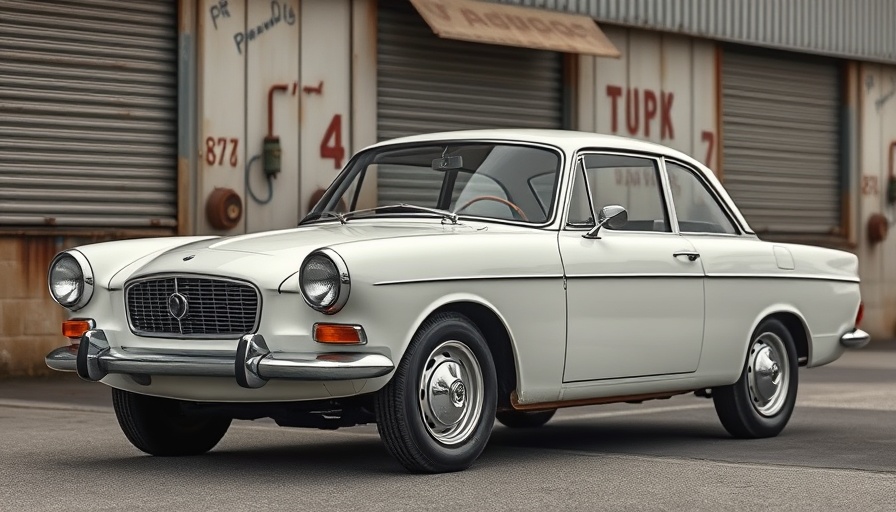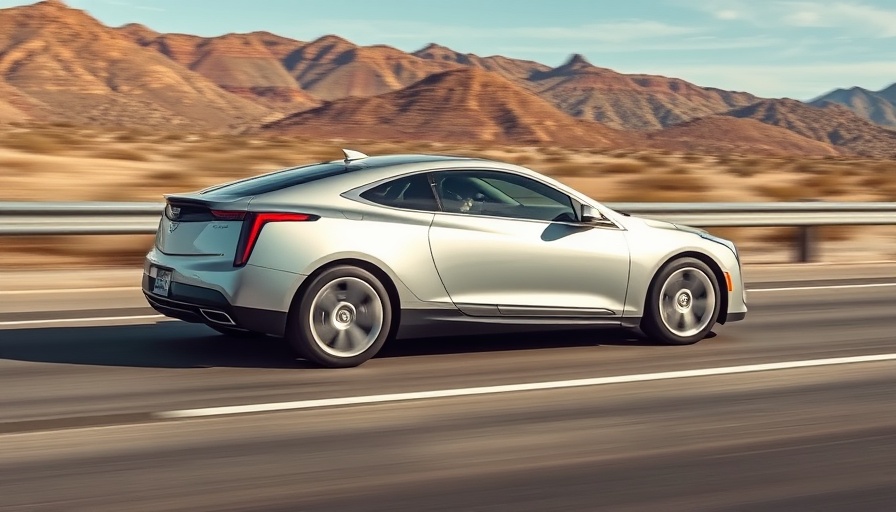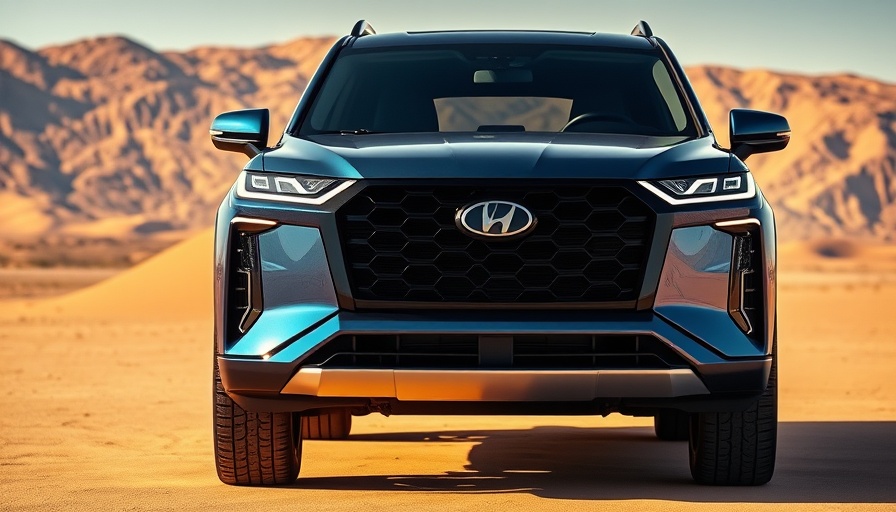
The Surprising Price Drop of Luxury Electric SUVs
In a remarkable shift within the automotive industry, the Jaguar I-Pace, a luxury electric SUV, has found itself in a unique position—now costing less than a new Toyota Corolla. This development has notable implications for potential buyers and the broader electric vehicle (EV) market amid rising consumer interest in eco-friendly options.
Understanding EV Depreciation
The issue of depreciation is pivotal to the EV marketplace. Luxury vehicles, in particular, face steep drops in value shortly after purchase, influenced by various factors. The Jaguar I-Pace, which initially had a base price of around $69,850, has seen its resale value plummet due to low public charging infrastructure, rapid technological advancements, and consumer hesitance driven by lack of understanding of the market.
Historically, luxury cars do depreciate faster than standard models. For electric models, this issue can be intensified by the fast-paced nature of technology in the EV realm. As new models roll out, previous iterations quickly become outdated, impacting their resale values significantly. This situation creates a paradox where buyers can purchase luxury EVs at a steep discount, but it also raises questions about long-term vehicle reliability and depreciation trends.
The Value Proposition of the Jaguar I-Pace
Despite concerns surrounding depreciation, the I-Pace offers intriguing features that set it apart. It delivers an impressive 394 hp with a torque of 512 lb-ft, alongside a well-rounded fuel efficiency rating of 80/72 MPG. The vehicle delivers a luxurious driving experience, superior performance capabilities, and state-of-the-art infotainment systems that can satisfy the most tech-savvy drivers.
In an era where consumers are considering their environmental impact, the electric nature of the I-Pace allows drivers to enjoy luxury without the carbon footprint commonly associated with traditional gas-powered SUVs.
Exploring the EV Market Landscape
The opportunity for luxury electric SUVs to navigate into the daily consumer demographic has never been better. With the growing popularity of sustainable vehicles, automakers are actively working on solutions to mitigate barriers such as the availability of charging stations. The I-Pace serves as a case study on how luxury and eco-friendliness can intersect, demonstrating that consumers can attain both comfort and conscience in one package.
Consumer Considerations: Is the I-Pace Right for You?
When weighing your options for vehicle purchases, especially with the advent of electric cars, comparing models like the I-Pace with popular sedans can yield interesting results. The performance, safety rating, and technology features must come into play. Buyers should assess personal needs—such as whether they prioritize performance, environmental impact, or interior luxury—when considering models available in the market.
Future Predictions for the Electric Vehicle Market
Expert analysts predict an optimistic trend for luxury electric vehicles in a marketplace increasingly leaning towards sustainability. As technology improves and more charging options become available, these once-dreaded depreciation rates might stabilize. Furthermore, with consistent innovations leading to improved battery life and driving experiences, luxury EVs like the Jaguar I-Pace may soon become more desirable despite previous hesitations surrounding their resale values.
Conclusion: Making Informed Choices
As the automotive landscape continues to evolve, the choice between vehicles like the Jaguar I-Pace and conventional sedans becomes more complex. Understanding depreciation, appreciating the technological advancements, and considering personal preferences are essential in making the best investment for your automotive lifestyle.
Staying informed about trends in electric and luxury vehicles can empower consumers to navigate their options effectively. With the Jaguar I-Pace available at such an attractive price point, this might be an exceptional time to invest in a luxury electric SUV.
 Add Row
Add Row  Add
Add 




Write A Comment